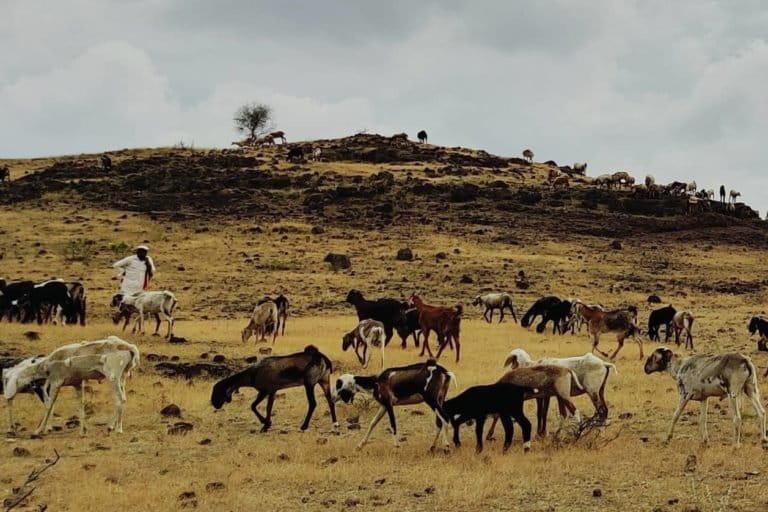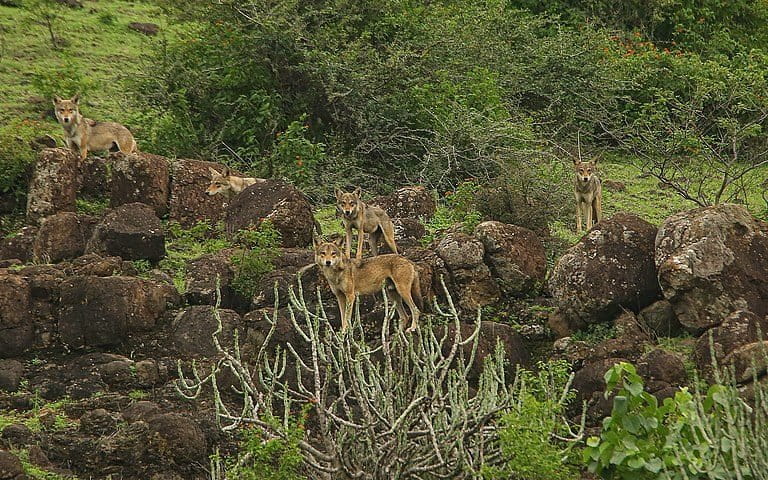
Pune is a large and busy city in west-central India. On the outskirts of Pune, pastoral communities raise their goats and sheep on grasslands that they share with a wild predator: the Indian grey wolf. It’s not clear exactly how many Indian wolves live in these grasslands. But scientists and conservationists would like to find out!

Why study these wolves? Indian wolves may be at risk due to changes to their habitat, introduced diseases, and pressures from the growing city. To protect the wolves, scientists need to monitor – or keep track of – them. They need to know how many wolves there are and how the wolves move around the landscape.
Monitoring wolves can be tricky business. Wolf packs move from place to place and wolves are secretive and hard to spot.

Mihir Godbole knows this well! He is a filmmaker and conservationist from The Grassland Trust who has been studying Indian wolves outside Pune for more than 10 years. He can identify 62 unique wolves using traits like their coat markings and broken legs or tails. But there are many more unknown wolves living in the grasslands.

Researcher and student Sougata Sadhukhan thinks howls could be the key to tracking the wolves. Sadhukhan, who is based at the Wildlife Institute of India, has been recording wolf howls as part of his research. Wolves make many sounds, including social squeaking, whining, whimpering, growling, and howling. Sadhukhan has found that howls in particular can be used to help identify individual wolves.
“They use howls to defend their territories and to locate individuals,” says Sadhukhan.
Howls can be detected up to 6 km (3.7 miles) away. This means that scientists could potentially count wolves and study their movement without seeing them or capturing them. Research on this new survey method is still ongoing, but it looks like howl recordings may be a promising tool in the quest to study and protect India’s wolves.
This story is based on an article by Siddhant Pusdekar published on Mongabay.com:
https://india.mongabay.com/2022/03/counting-indias-wolves-one-howl-at-a-time/






